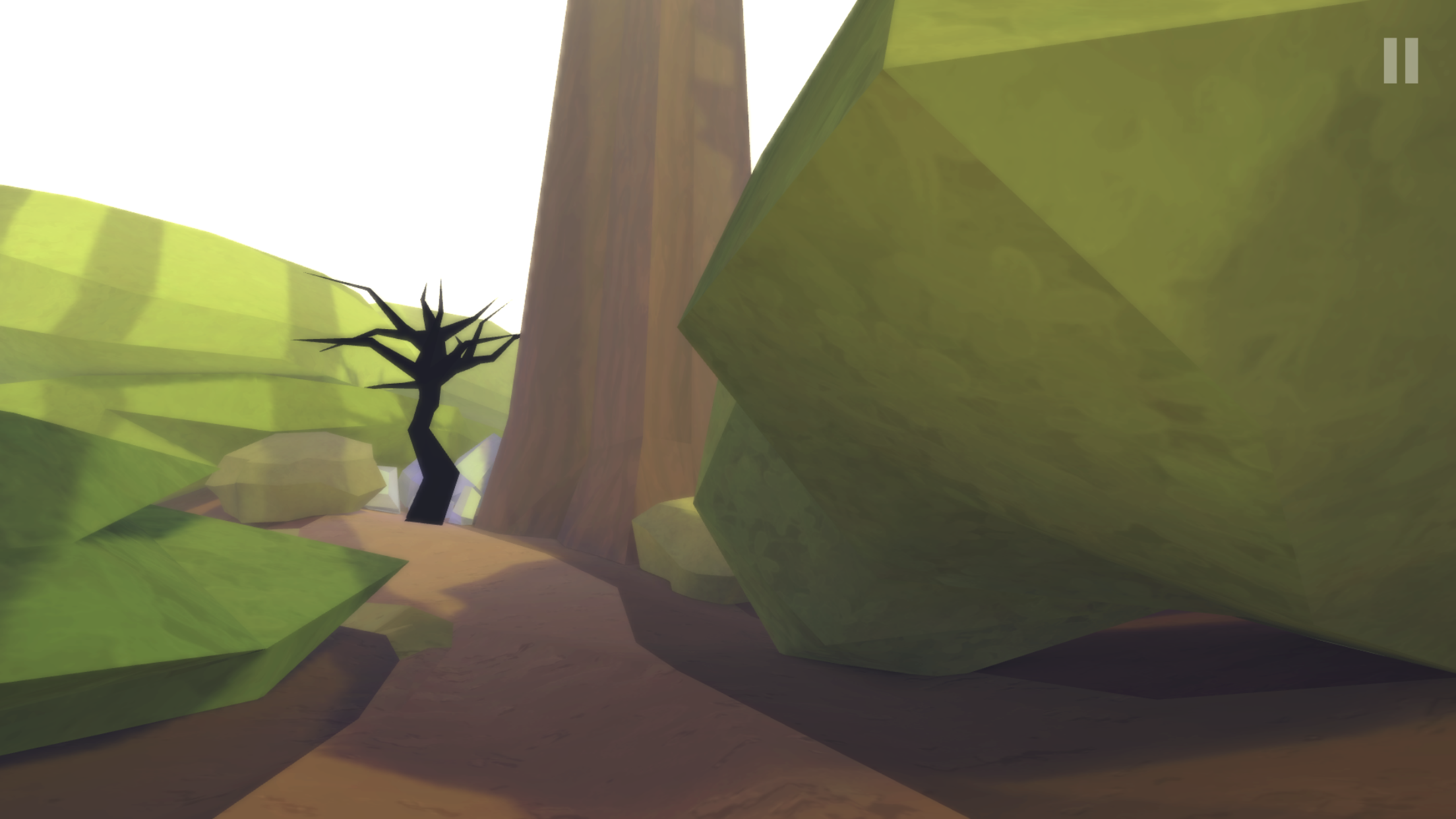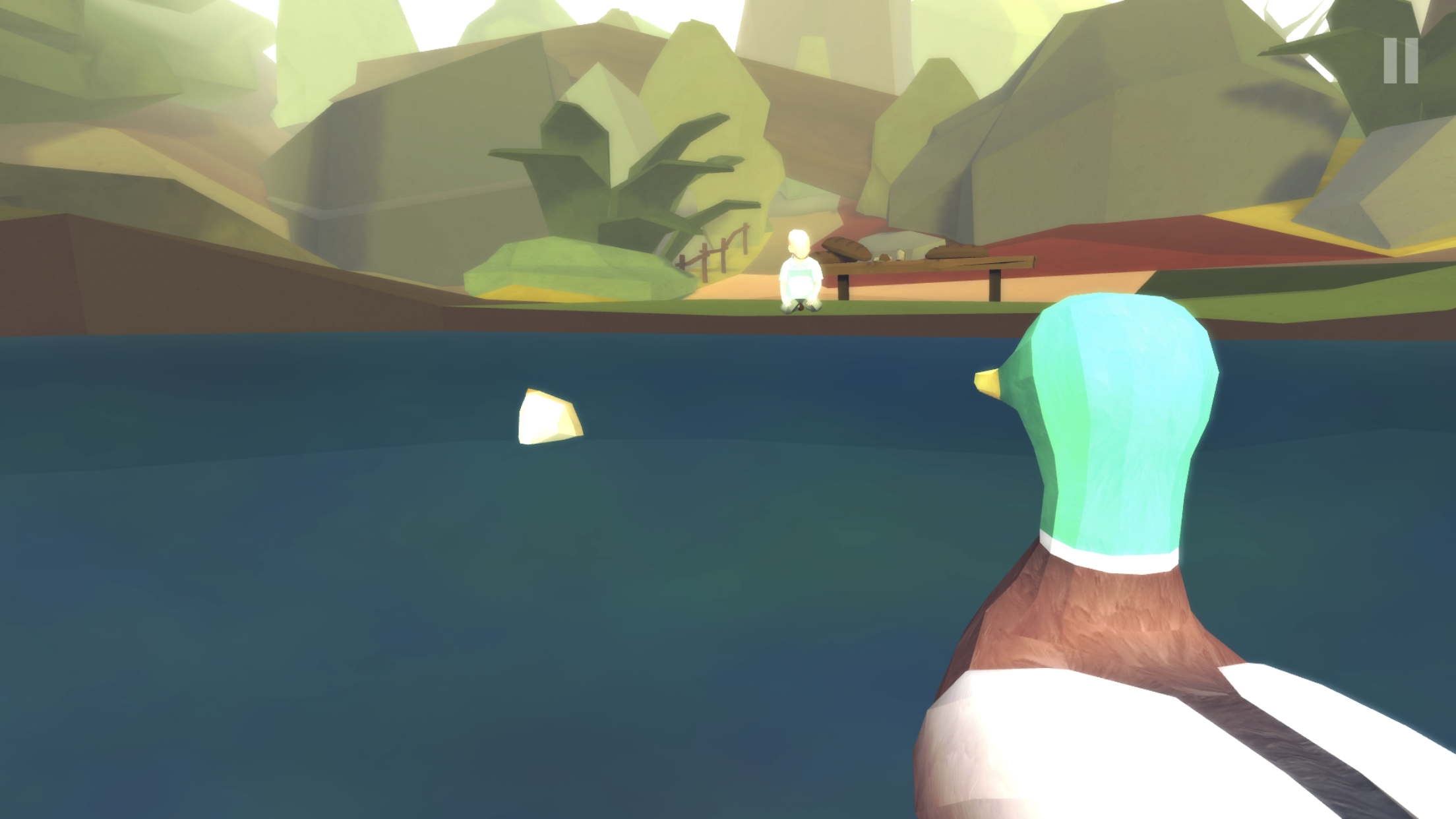Interactive History: That Dragon, Cancer
To be honest, I did not make it far in the game That Dragon, Cancer.
While unable to play it on my laptop, I was able to download it to my phone. Whether it was the navigational system of the phone device or the nature of the game itself, I found moving through the game slow and sometimes disorienting because it was difficult to understand which way to move my finger across the screen in order to turn a certain direction.
However, I wondered if this slow process was the point of That Dragon, Cancer. That the process of a cancer diagnosis and the resulting days of worry, sleeplessness, doctor appointments, discouragements, and more made for slow, painful living, and the game was trying to replicate this in its pace.
At times, the game would switch perspectives. Sometimes I seemed to be an omniscient third party, other times I seemed to become Joel himself: sliding down the slide in the playground, for example.
At one point, I approached this foreboding tree. When I got closer to it, my perspective shifted and instead of being on the ground I seemed to hover above it as unknown voices seemed to ponder something beyond the game action itself: “Do you think they know? No one knows how little time they have.” It was as though the game was reflecting on itself, or allowing me to have a moment of personal reflection above it all.
The first moment I was brought to when I started the game was this scene in the park. The entire scene - and action - was simply getting the duck to eat the pieces of bread, or “helping” Joel throw the bread himself. You can make Joel throw the bread over and over. This is not necessarily exciting, and extremely repetitive, but again, perhaps this is deliberate: reliving small, insignificant moments over and over in order to interact with a memory, or the memory of a person.

